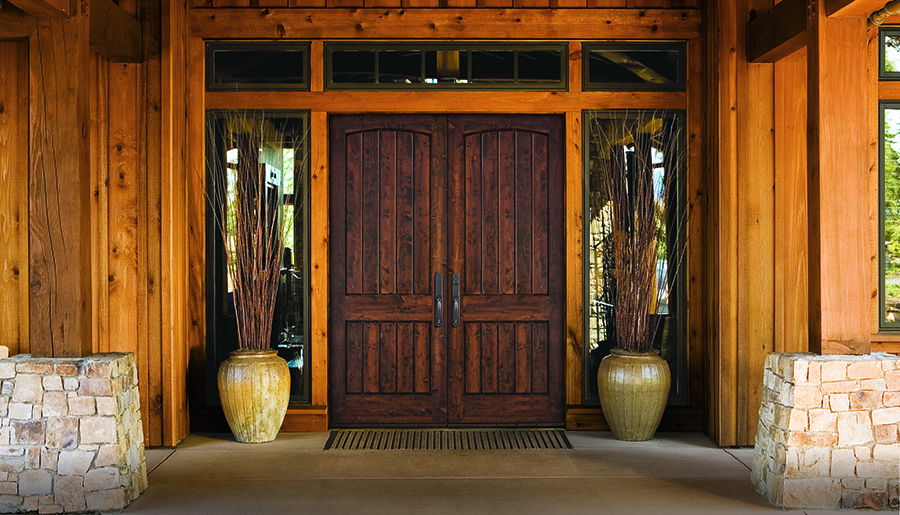Check out this comparison of the most popular exterior door materials When choosing the right exterior door, you’ll want to compare each material. The three most popular exterior door materials are wood, fiberglass and steel. Each has its own advantages. In this post, we’ll take a look at each material and provide relevant information so you can make an informed decision. Wood Wood is the most traditional and one of the oldest materials used for doors, dating back to ancient times. The earliest records of wooden doors are represented in the paintings of the Egyptian tombs. Fast forward a few thousand years, and wood is still an excellent choice for doors. Doors can be crafted from hardwoods and softwoods. The most widely used are Cherry, Oak, Walnut, Mahogany, Knotty Alder, Douglas Fir and Pine. Why you’ll love wood exterior doors: Fiberglass Fiberglass has unique qualities that make it a great…
Fire-rated doors help reduce the spread of fire and smoke in a home or building. Both commercial and residential structures can use fire-rated…
When discussing value engineering, it’s important to note that this process improves the value and usability of a product or material. This occurs…

